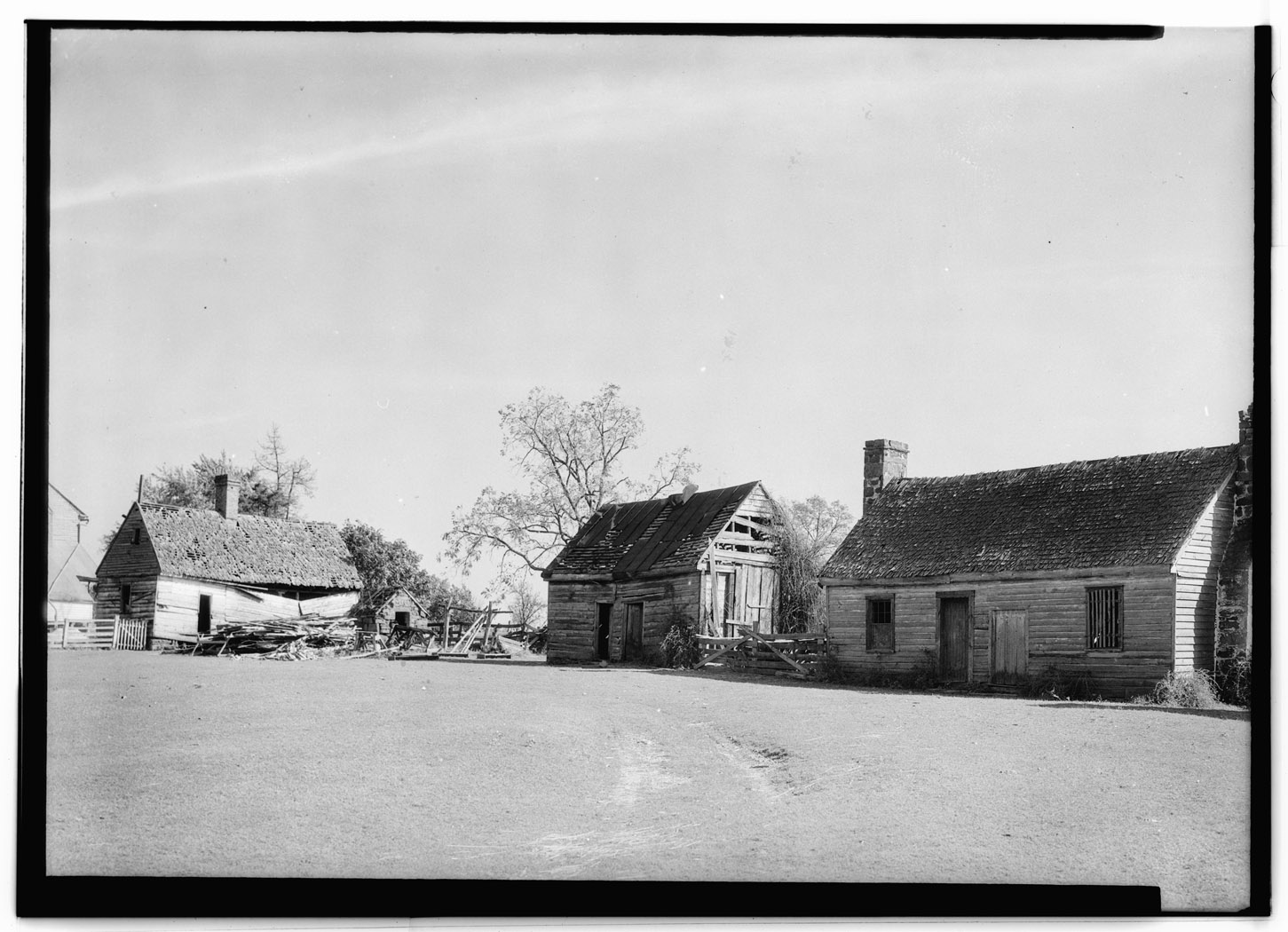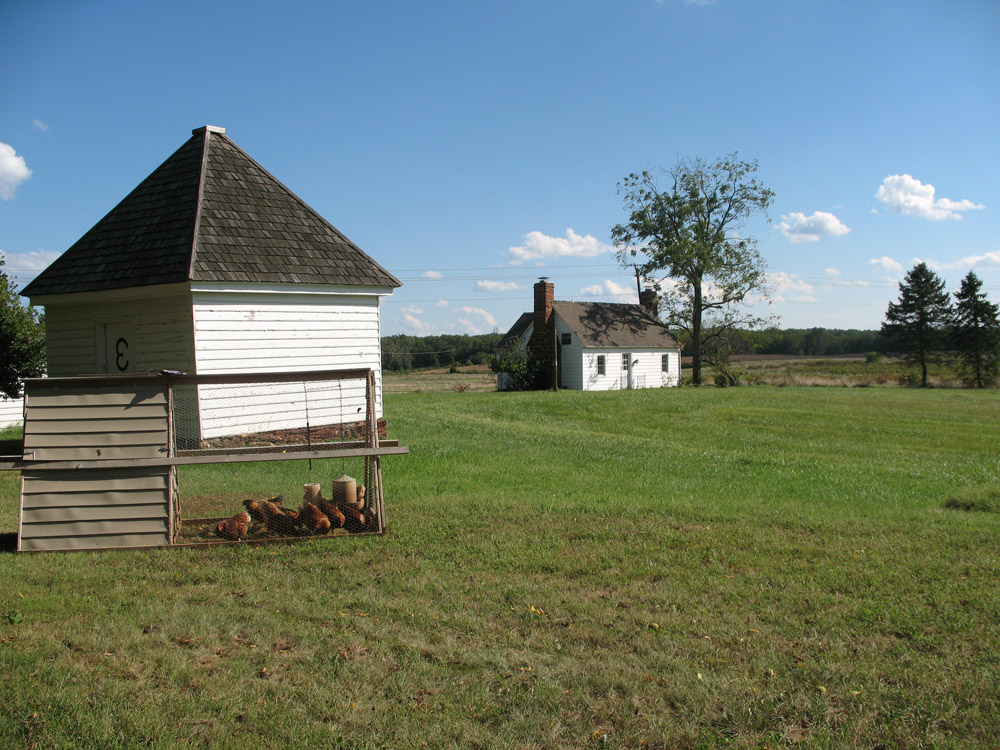by scloonan
The Center for Architecture Foundation and AIA New York Chapter are pleased to announce the winners of the 2013 Stewardson Keefe LeBrun Travel Grant. The purpose of the grant, awarded annually, is to further the personal and professional development of an architect in early or mid-career through travel. The 2013 grant recipients John Paul Rysavy and Jobie Hill highlight the diversity of proposals submitted – from architectural history to historic preservation. Rysavy’s application, entitled “Practices of Ornament in the Making of Public Space,” seeks to unpack the correlation between the works of the Baroque architect, Francesco Borromini and Viennese Modernist, Adolf Loos. Hill’s project, “Slave House Database,” will serve as a “central repository of information” that will benefit researchers and organizations, as well as descendants and individuals, and ensures that “irreplaceable pieces of history are not forever lost.”
John Paul Rysavy received his M. Arch from the University of Texas, Austin (2011), where he currently serves as a guest critic. In addition to his academic pursuits, he is a partner in the Austin-based practice Cumulous. He holds a Bachelor of Science degree from the University of Illinois Urbana-Champaign. Rysavy’s proposal builds upon a personal connection to the work of Louis Sullivan, through his Owatonna National Farmer’s Bank of 1908, and the publication (also in 1908) of Loos’s Ornament and Crime. The LeBrun Grant will also provide for deeper study into earlier periods in architectural history, most expressly Borromini’s work in Baroque Italy and its influence on Loos’s work in the early 20th Century. Rysavy will focus expressly on ornament in the programming of public space. He will to travel to Vienna and Rome, where Loos and Borromini made significant contributions, and whose works provide the critical link from the past to the present with respect to public space-making.
Jobie Hill is a registered architect in New York State. She holds two Master’s degrees – one in Historic Preservation from the University of Oregon (2013), and the other in Art History, Egyptian Art & Archeology, from the University of Memphis (2007), as well as a B. Arch and BA in Anthropology from Rice University. For the past two summers she worked as a Historic Architect for the Historic American Building Survey (HABS), cataloguing existing conditions in Huntsville, Alabama, and the Black Hills of South Dakota. Hill began research for the Slave House Database in 2012 and conducted a pilot project in the summer of 2013. Her grant project seeks to complete and compile this research – geographic and archeological information, as well as census data and genealogical references – and make the information digitally accessible to diverse fields. With more than 300 sites in more than 26 states, the grant will provide for research in seven states as well as the District of Columbia.
In partnership with the AIA New York Chapter, the Center for Architecture Foundation administers three scholarships and three grant awards. The scholarships and awards provide opportunities for incoming college students, current architecture students, and mid-career architecture and design professionals. We are currently accepting applications for the Arnold W. Brunner Grant – deadline Monday, February 3. For further information, please visit: http://cfafoundation.org/scholarships.



